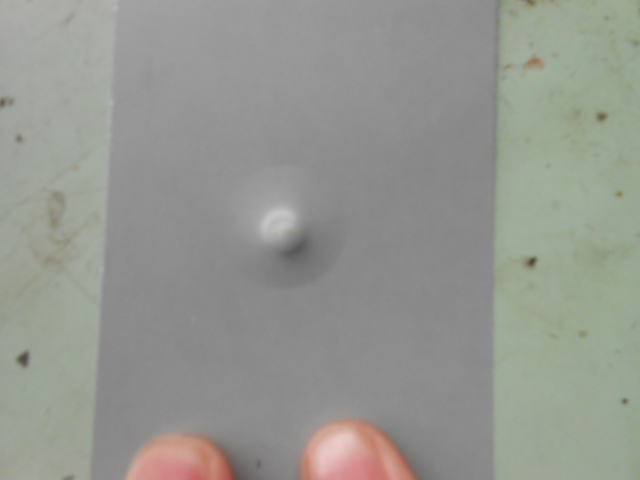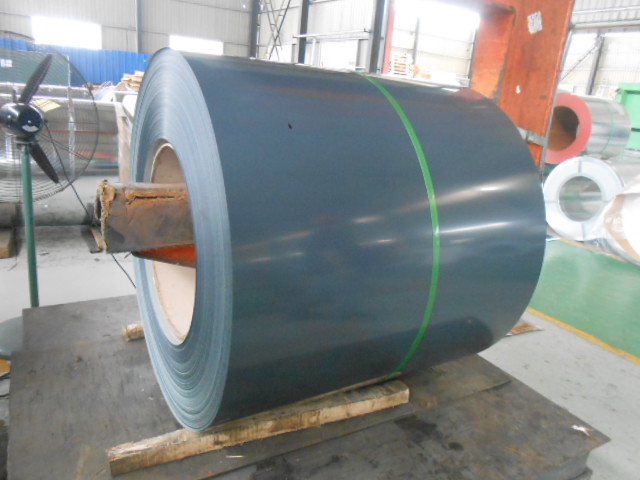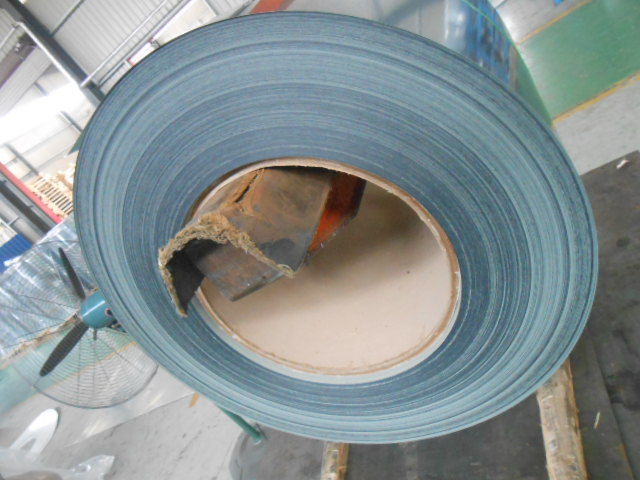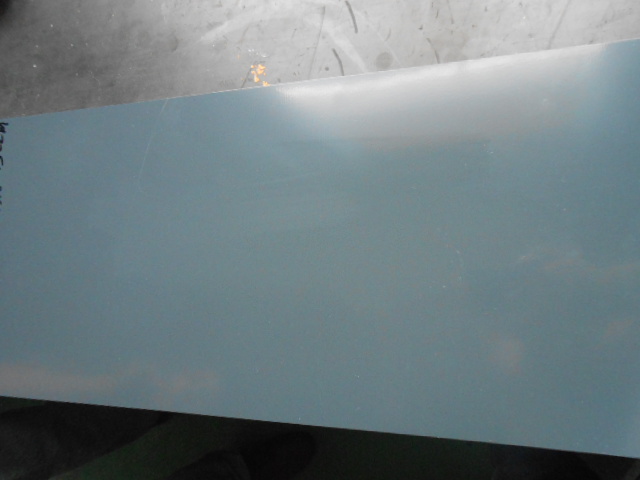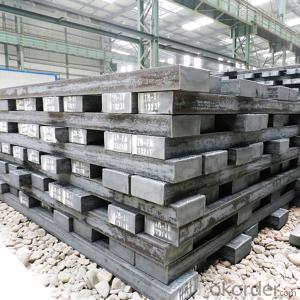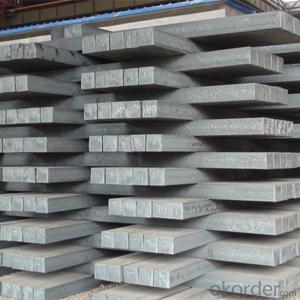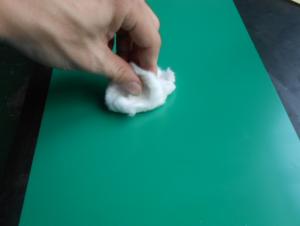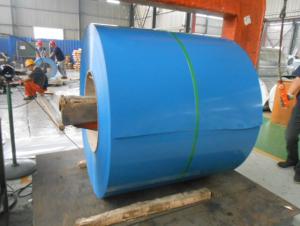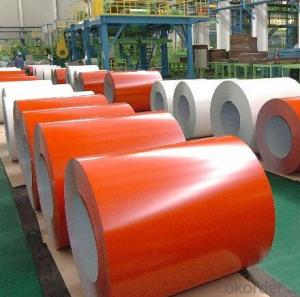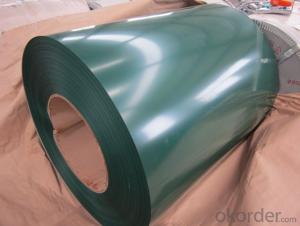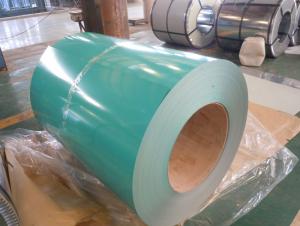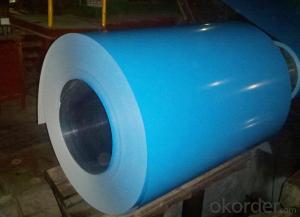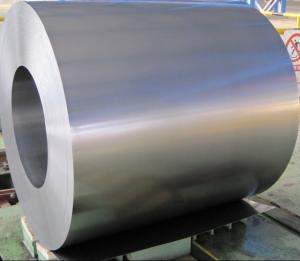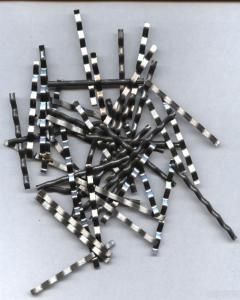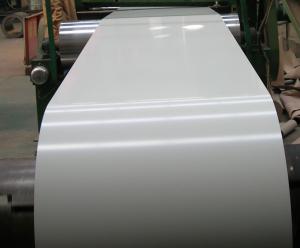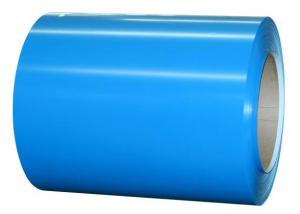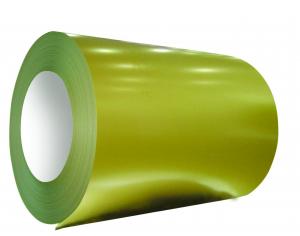PRE-PAINTED GALVANIZED STEEL COIL CHARCOAL GREY
- Loading Port:
- Tianjin
- Payment Terms:
- TT or LC
- Min Order Qty:
- -
- Supply Capability:
- 5000 m.t./month
OKorder Service Pledge
Quality Product, Order Online Tracking, Timely Delivery
OKorder Financial Service
Credit Rating, Credit Services, Credit Purchasing
You Might Also Like
PRE-PAINTED GALVANIZED STEEL COIL
ZINC COATING:60g/m2 (-/+10g/m2)
STANDARD:JIS G 3312
TOP COATING:5+13 micron;5-7 micron
STEEL GRADE:HARD QUALITY (75-90HRB)
COIL WEIGHT:3-6 ton COIL ID:508mm
SIZE:0.40(tct)*925mm*C 350-355m TOLERANCE: THICKNESS:-/+0.02mm; WIDTH:0/5mm
COLOR:CHARCOAL GREY
- Q: What are the cost implications of using steel products in various applications?
- The cost implications of using steel products in various applications can vary depending on factors such as the type and grade of steel, the complexity of the application, and the market conditions. Generally, steel products tend to have higher initial costs compared to some other materials, but they often offer long-term cost benefits due to their durability, strength, and low maintenance requirements. Additionally, the cost of steel can be influenced by factors such as production volumes, transportation costs, and market demand. Overall, while steel products may have higher upfront costs, their long-term benefits often outweigh the initial investment.
- Q: What are the applications of alloy steel in the aerospace industry?
- Alloy steel is extensively used in the aerospace industry for various applications due to its superior strength, durability, and resistance to corrosion. It is commonly employed in the manufacturing of aircraft components such as landing gears, engine parts, turbine blades, and structural elements. The high strength-to-weight ratio of alloy steel enables the construction of lighter yet stronger aircraft, resulting in improved fuel efficiency, increased payload capacity, and enhanced overall performance. Additionally, alloy steel's resistance to extreme temperatures and pressure fluctuations makes it an ideal choice for aerospace applications, ensuring the reliability and safety of aircraft in demanding operational conditions.
- Q: How are steel billets produced?
- Steel billets are produced through a process called continuous casting, where molten steel is poured into a water-cooled mold to form a solid billet shape. This billet is then further processed through rolling and hot working to achieve the desired dimensions and properties.
- Q: How are steel products used in the construction of disaster management and emergency response centers?
- Steel products are widely used in the construction of disaster management and emergency response centers due to their strength, durability, and versatility. Steel is used for structural components such as beams, columns, and frames, providing the necessary support and stability required to withstand potential disasters or emergencies. Additionally, steel is used for roofing, walls, and doors, ensuring the buildings are secure and able to withstand extreme weather conditions. The use of steel in construction also allows for faster and more efficient assembly, which is crucial in emergency situations where time is of the essence. Overall, steel products play a vital role in creating resilient and reliable structures for disaster management and emergency response centers.
- Q: What are the different types of steel building systems?
- There are several different types of steel building systems, including pre-engineered metal buildings, steel frame buildings, steel arch buildings, and rigid frame buildings. Each type has its own unique characteristics and advantages, catering to different construction needs and requirements.
- Q: How is steel forgings inspected for quality assurance?
- Steel forgings are inspected for quality assurance through various methods such as visual inspection, dimensional measurements, non-destructive testing techniques like ultrasonic testing or magnetic particle inspection, and mechanical testing. These inspections ensure that the forgings meet the required specifications, including dimensions, surface finish, and internal soundness. Additionally, third-party certifications and audits may be conducted to ensure compliance with industry standards and customer requirements.
- Q: What are the advantages of using steel in shipbuilding?
- There are several advantages of using steel in shipbuilding. Firstly, steel is known for its high strength and durability, making it ideal for constructing large vessels that can withstand the harsh marine environment. Secondly, steel is highly resistant to corrosion and rust, which helps prolong the lifespan of ships and reduces maintenance costs. Additionally, steel offers excellent fire resistance, ensuring safety onboard. Moreover, steel is readily available and can be easily fabricated, allowing for efficient production and construction processes. Lastly, steel provides structural stability, enabling ships to navigate through rough seas with enhanced stability and reliability.
- Q: How is steel tubing used in hydraulic systems?
- Steel tubing is commonly used in hydraulic systems to transmit fluid power by providing a rigid and reliable conduit for the hydraulic fluid. It is used to connect various components in the system, such as pumps, valves, cylinders, and motors, ensuring efficient transfer of hydraulic energy. Steel tubing's high strength, durability, and resistance to pressure and impact make it ideal for handling the high pressures and demanding operating conditions of hydraulic systems.
- Q: How are steel products used in the construction of theme-based wildlife safari parks?
- Steel products are used in the construction of theme-based wildlife safari parks in various ways. They are commonly used for the construction of enclosures and fences to ensure the safety of both the animals and visitors. Steel is also used for the construction of walkways, viewing platforms, and bridges within the park, providing a sturdy and durable infrastructure. Additionally, steel is utilized in the fabrication of animal exhibit structures and support systems, such as aviaries and feeding stations. Overall, steel products play a crucial role in creating a secure and functional environment for both the wildlife and visitors in theme-based wildlife safari parks.
- Q: What are the uses of steel in the construction of shopping malls and retail centers?
- Steel is extensively used in the construction of shopping malls and retail centers due to its exceptional strength and durability. It provides structural support for large open spaces, allowing for flexible and customizable designs. Steel beams and columns are also used to create intricate facades and can support the weight of multiple floors. Additionally, steel is fire-resistant, ensuring the safety of occupants. Overall, steel plays a crucial role in creating safe, functional, and visually appealing shopping environments.
Send your message to us
PRE-PAINTED GALVANIZED STEEL COIL CHARCOAL GREY
- Loading Port:
- Tianjin
- Payment Terms:
- TT or LC
- Min Order Qty:
- -
- Supply Capability:
- 5000 m.t./month
OKorder Service Pledge
Quality Product, Order Online Tracking, Timely Delivery
OKorder Financial Service
Credit Rating, Credit Services, Credit Purchasing
Similar products
Hot products
Hot Searches
Related keywords




